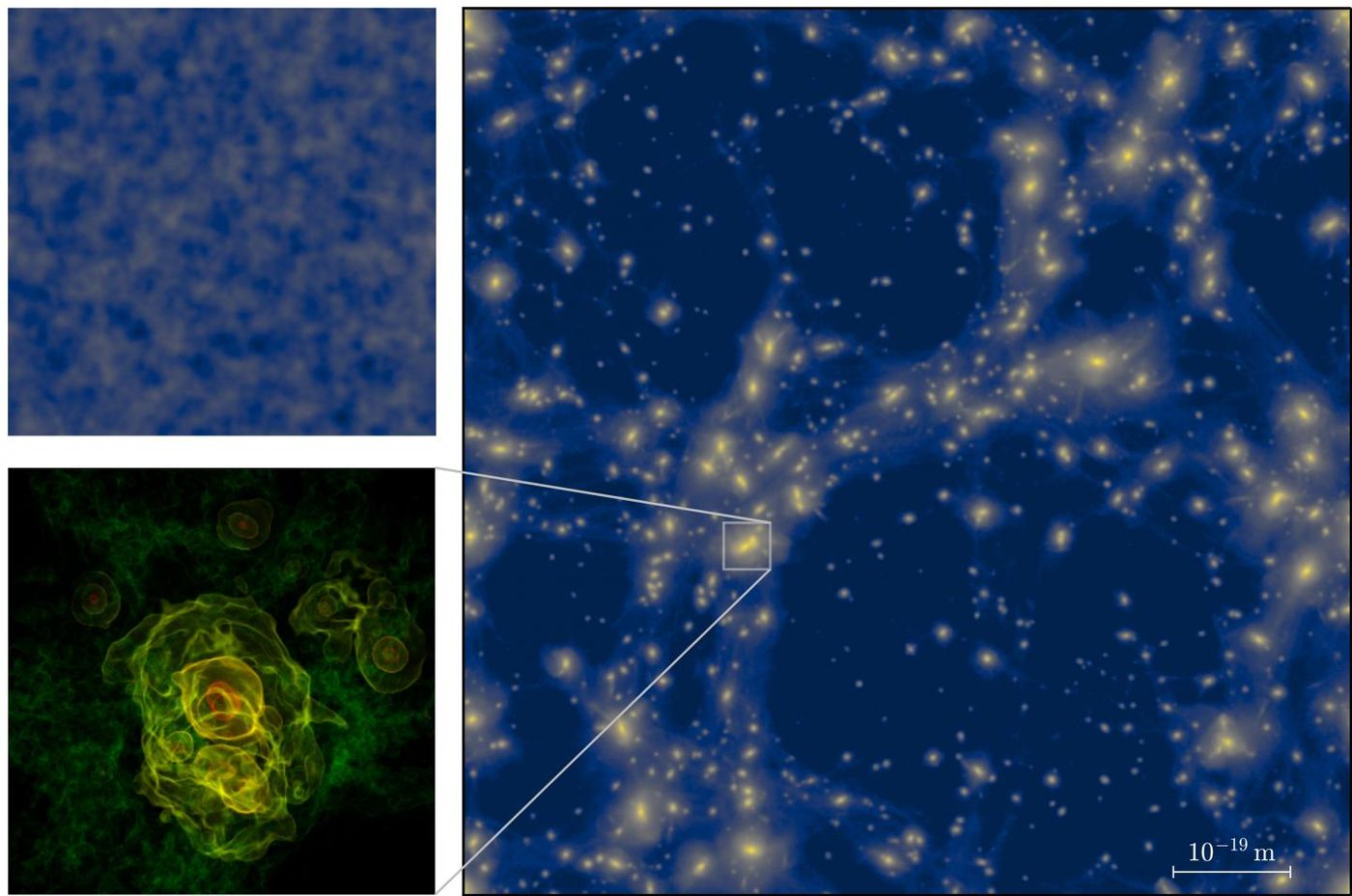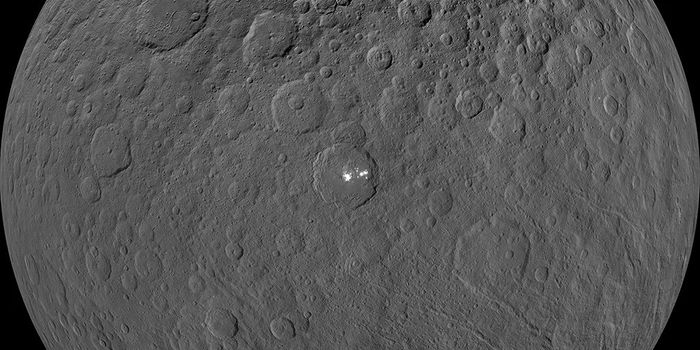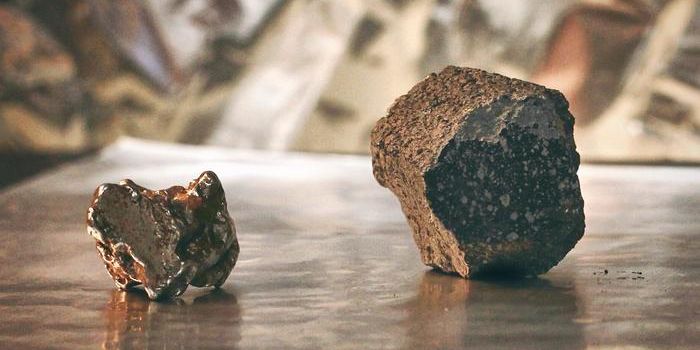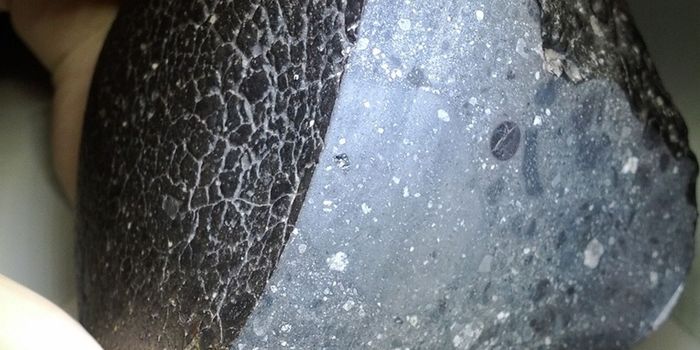Were These the First Structures in the Universe?
It's been theorized that our Universe started as a hot, incredibly dense point that exploded in the Big Bang. It's thought that in the second after the Big Bang, there was a blisteringly hot ten-billion degree cloud of particles like electrons, and photons. As it cooled and some of the particles decayed, eventually, atoms formed. Researchers have used mathematical models to reconstruct the Universe's first moments.
They've now found that in the first trillionth of a second after the Big Bang happened, it's possible for a complex network of structures to form. The objects in this network are distributed in a way that's similar to how galaxies are distributed in the Universe of today, they are just much, much larger. The primordial structures would be microscopically small, weigh only a few grams, and fit into spaces that are smaller than the elementary particles of our world. This work has been reported in the journal Physical Review D.
The investigators could simulate regions of high density that would be held together by the force of their own gravity. It may be possible to make more accurate predictions about the earliest moments of the Universe in the future.
"The physical space represented by our simulation would fit into a single proton a million times over," said Professor Jens Niemeyer, head of the Astrophysical Cosmology Group at the University of Göttingen. "It is probably the largest simulation of the smallest area of the Universe that has been carried out so far."
The structures in the simulation would be extremely short-lived, and would 'transform' into elementary particles. It may be one day be possible to detect traces from this early time.
"The formation of such structures, as well as their movements and interactions, must have generated a background noise of gravitational waves," said first study author Benedikt Eggemeier, a graduate student in Niemeyer's group. "With the help of our simulations, we can calculate the strength of this gravitational wave signal, which might be measurable in the future."
The researchers suggested that if the structures undergo a runaway collapse, they may form black holes; it's also possible that consequences from such an event would also be detectable, or may be part of dark matter.
"On the other hand, if the simulations predict black holes form, and we don't see them, then we will have found a new way to test models of the infant Universe," said Easther.
Sources: AAAS/Eurekalert! via University of Göttingen, Physical Review D









